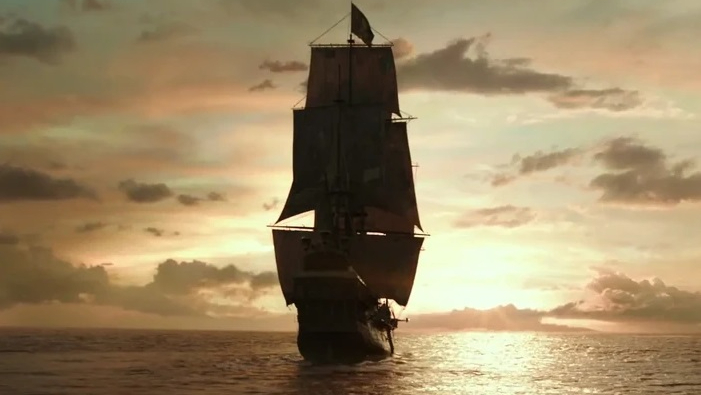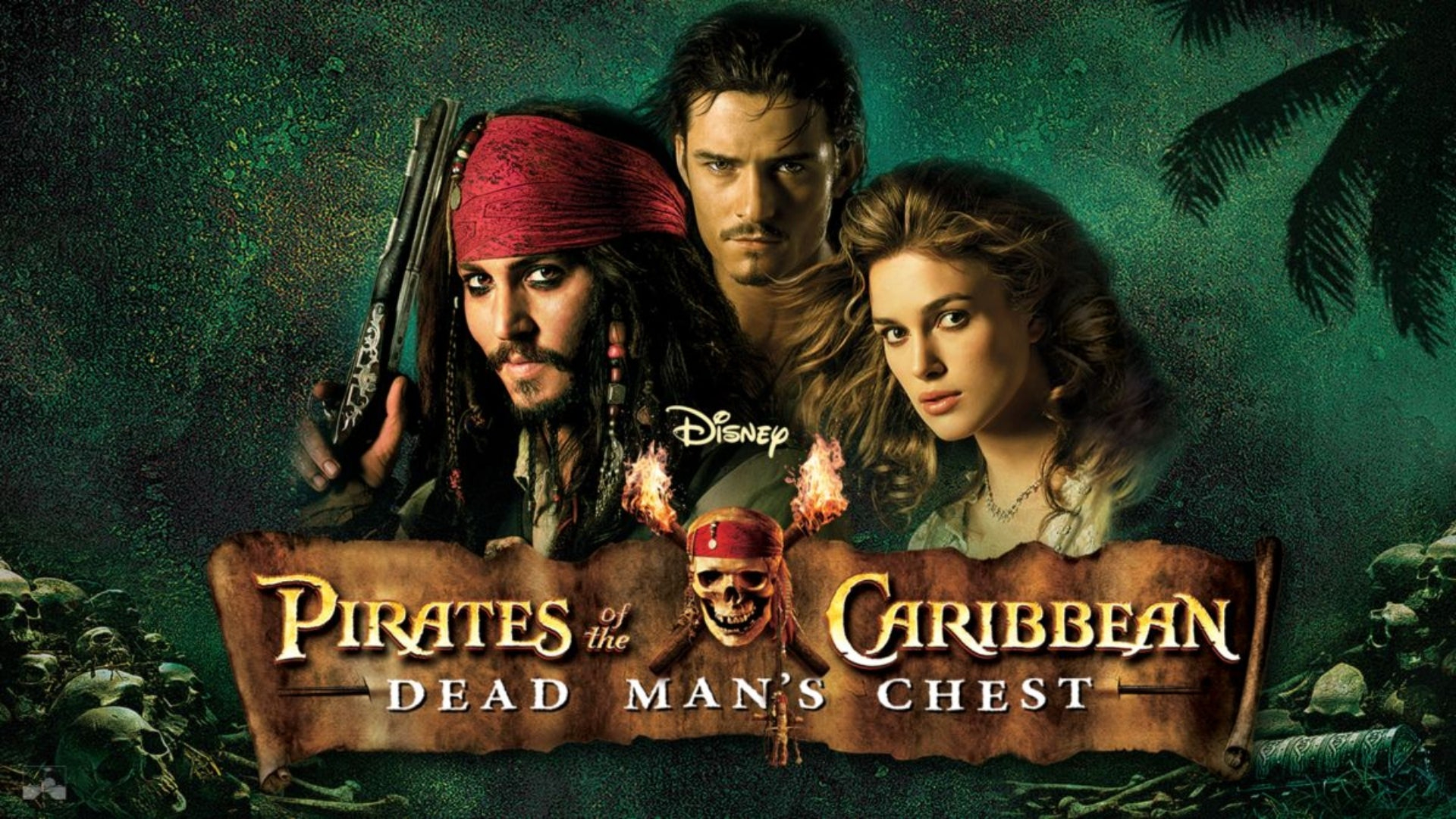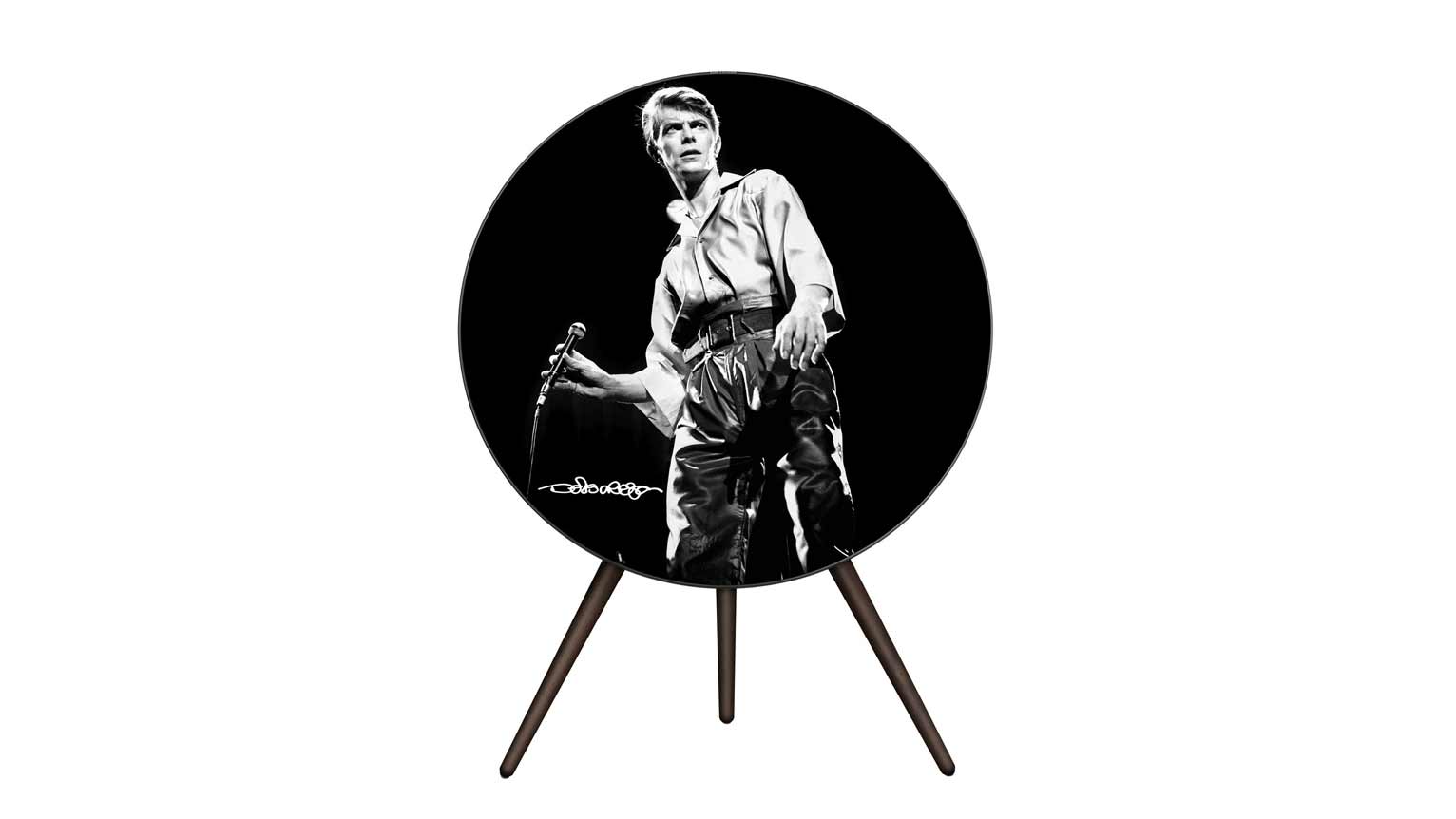Unsure if your hi-fi is shipshape? This classic Hans Zimmer score is a treasure trove of terrific test tracks
It's a pirate's life for me!

Cast your mind back a month or so. It’s Christmas 2024 and, as is my wont during this festive period, the time has come to indulge in my yearly roster of comfort movies. I’ve never been one for explicitly festive fare – the likes of Deck The Halls or even Home Alone are enough to have me attempting to electrocute myself with the Christmas lights or throw myself onto the open fire – but I’m always willing to use the holiday season to bathe in the soothing warmth of the films and shows that can be guaranteed to bring me the most amount of pure pleasure. Impending global conflict and destruction in the claws of AI? They can wait, I’m watching A Knight’s Tale, and Heath Ledger’s hair looks sensational.
Once Ledger’s anachronistic medieval romp has been devoured, it’s time for a change of scenery. Gone are the lists of the jousting tourney, replaced by two figures entwined on an empty beach in the glistening Caribbean. The sun is setting on their heartfelt encounter, made all the more gut-wrenching – for the pair and the misty-eyed viewer – since it will be ten whole years before the couple can be together again. It’s like something drawn straight from ancient Greek mythology, and while I might not fully have appreciated its emotional significance as a small tyke, there’s a very noticeable lump forming in my decidedly adult throat. The ensuing emotional brew – a blend of melancholy, relief, joy and genuine sadness – is threatening to become my defining festive memory of last year. Pathetic, isn’t it?
I’ve no shame in admitting that the scene in question acts as a touching denouement to Pirates Of The Caribbean: At World’s End, the final instalment of the ‘true’ Pirates trilogy (the less said about subsequent adventures the better). Much of the sentiment felt as young protagonists Will Turner and Elizabeth Swann enjoy their one day in ten years together derives from the emotional weight of the narrative itself, but that aforementioned throat lump is largely down to just how much these movies mean to me personally. That feeling of melancholy is the direct result of a deep-rooted connection that my adult self feels for a trilogy that I first enjoyed when I was still in short trousers, a bottle of Coke cost 90p and there was no such thing as a “Mr Beast”.
So much of that connection comes from the music of the franchise. You always know you’re in safe hands with Hans Zimmer (aided in the first flick by Klaus Badelt), but there’s no question that the Pirates world was, rather appropriately considering the franchise started life as a theme park ride, a place in which he was free to let loose. So few instrumental theme songs manage to outlast the movies that inspire or accompany them, but you’ll still hear Zimmer and Badelt’s rip-roaring title composition enjoying regular airplay on Classic FM, generating millions of hits on YouTube or accompanying anything from RAF air shows to stirring sporting compilations. Every time I hear them, I'm reminded of just how great those movies, and their scores, remain, to me if nobody else.

There’s much more to the Pirates soundtrack than that outstanding signature tune, of course. What’s so impressive and rewarding about watching the trilogy as a whole is that the music continues to grow and evolve as the films do, implementing new flavours and techniques as director Gore Verbinski dials up the lunacy or pulls harder on the heartstrings. Nowhere is that better exemplified than in villainous octo-human Davy Jones’ theme, a stirringly emotive tune that accompanies the character within the real-life narrative via a small, heart-shaped music box. It's hard not to be swept away in the sheer emotion of it all, an impressive feat that ends up making you sympathise with a dread sea captain with CGI tentacles on his face.
As the movies evolve and the eccentricity of the franchise continues to blossom, it’s gratifying to hear Zimmer adjust his lens to match the bizarreness occurring on screen. By the time of the third instalment, At World’s End, the traditional orchestration has gone out of the window in favour of Asian-flavoured instrumentation (Singapore), a twangy, almost electronic piece accompanying Jack Sparrow’s stint in de facto purgatory (Multiple Jacks), a Morricone-inspired showdown track incorporating a full-blown electric guitar (Parlay) and a rollicking orchestral semi-shanty that’s as good as pretty much anything in Mr Zimmer's bulging back catalogue (Up Is Down). So many soundtracks just end up playing around on the same theme like a child rearranging the same five blocks of Lego, but this is a run of the full musical gamut in all of its piratical glory.
For testing highlights, you’re spoiled for choice across the three movies. The main theme is a great place to assess how naturally and freely the rhythm of the core melody is communicated, or you could use Up And Down to assess how dynamically those strings sway and soar. For a track with just about everything packed into it, the playful Jack Sparrow from Dead Man’s Chest will have your speakers flitting between jaunty, swaying strings and packed orchestral passages. The ebb and flow of the anchoring rhythms, the authenticity of the timbres in the strings, the organisation of the contrasting instrumental elements, or just the overall playfulness of the composition; it's tough to know which aspect to focus on first.
Get the What Hi-Fi? Newsletter
The latest hi-fi, home cinema and tech news, reviews, buying advice and deals, direct to your inbox.
Being a score for what's essentially a piratical pantomime, this is all about playing with our emotions with big, bold brushstrokes. Jack Sparrow is an evocation of the mischief and moral ambiguity of its subject matter, aspects that should shine through when communicated effectively by speakers or set-ups capable of revealing them. I See Dead People In Boats and Davy Jones should effectively convey loss and turmoil, Drink Up Me Hearties is all about freedom and adventure, whereas Barbossa Is Hungry should convey the dread of a score of undead pirates marching on the seabed in a bid to rid themselves of an ancient Aztec curse. Quite specific, that one, but you get the idea.
What this all comes down to, as it always does, is a collection of compositions with which I have a close, almost instinctive familiarity. When a product is firing on all cylinders, its performance is enough to transport me back to a wide-eyed, slightly neurotic six-year-old, sitting in the cinema with his parents and hearing that signature theme tumble over the waves as a makeup-clad Johnny Depp descends upon Port Royal by standing on the mast of a sinking ship. It’s a powerful musical memory that the best equipment is capable of tapping into – I sincerely hope that whatever the music and whatever the memory, you have the hi-fi or headphones that can do the same for you.
MORE:
14 best prog rock tracks to test your hi-fi system
Is hi-fi really getting better? Our technical editor ponders its progression
Technics EAH-AZ100 vs Sony WF-1000XM5: which premium wireless earbuds are better?

Harry McKerrell is a senior staff writer at What Hi-Fi?. During his time at the publication, he has written countless news stories alongside features, advice and reviews of products ranging from floorstanding speakers and music streamers to over-ear headphones, wireless earbuds and portable DACs. He has covered launches from hi-fi and consumer tech brands, and major industry events including IFA, High End Munich and, of course, the Bristol Hi-Fi Show. When not at work he can be found playing hockey, practising the piano or trying to pet strangers' dogs.
